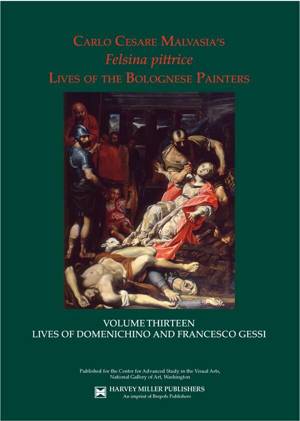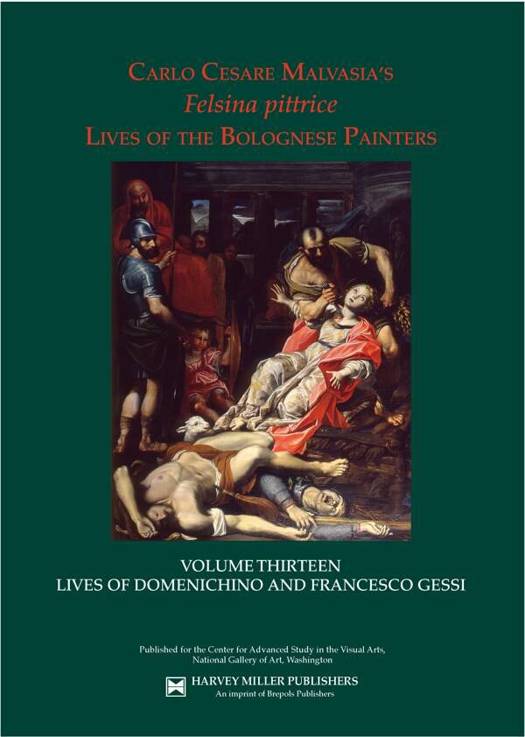
- Retrait gratuit dans votre magasin Club
- 7.000.000 titres dans notre catalogue
- Payer en toute sécurité
- Toujours un magasin près de chez vous
- Retrait gratuit dans votre magasin Club
- 7.000.000 titres dans notre catalogue
- Payer en toute sécurité
- Toujours un magasin près de chez vous
Lives of Domenichino and Francesco Gessi
Lives of the Bolognese Painters
Carlo Cesare Malvasia
Livre relié | Anglais
250,45 €
+ 500 points
Description
Richly illustrated, this critical edition and English translation of Malvasia's lives of Domenichino and Francesco Gessi from his Felsina pittrice offer access to the life and work of two great masters of seventeenth-century Bologna. Domenichino's life plays a seminal role in Malvasia's definition of the fourth age of painting in Italy. From the very beginning, Malvasia pits against each other Guido Reni and Domenichino, the two champions of the vanguard style that emerged from the Carracci reform of painting. If Guido becomes the idol of the Lombard and Bolognese school, more attuned to tenderness and audacity, Domenichino embodies an ideal of perfection more in keeping with the Florentine and Roman school, fond of finish and diligence. Malvasia reports that he did not know Domenichino, and his reconstruction of the career of the master as he moved among Rome, Naples, and Bologna stands in stark contrast to Giovan Pietro Bellori's more sympathetic account, published in 1672. If, to redeem the supremacy of the Bolognese school, Malvasia downplays the problem of Domenichino's erudition and fertility of invention, he does so with hesitation and among unresolvable contradictions. His assimilation of Domenichino's art to the Roman and Tuscan canon is, then, profoundly polemical. In this light, Malvasia's life of Domenichino can be defined as the most tormented and ultimately unsuccessful eulogy in the Felsina pittrice a great piece of art-historical criticism about an artist whose greatness Malvasia could not deny. Malvasia's assessment of the artistic personality of Francesco Gessi turns upon the painter's rivalry with his master, Guido Reni, whose perfection in painting nevertheless remains unmatchable. In relating how Domenichino snatched away the highly talented Giovan Battista Ruggeri from his previous master, Francesco Gessi, Malvasia turns the conflicts inherent in Domenichino's life into a generational struggle between artistic factions. In the process, Malvasia provides important biographical information about Giovan Giacomo Sementi, another of Guido's disciples and Gessi's lifelong rival.
Spécifications
Parties prenantes
- Auteur(s) :
- Editeur:
Contenu
- Nombre de pages :
- 414
- Langue:
- Anglais
Caractéristiques
- EAN:
- 9781909400009
- Date de parution :
- 05-12-13
- Format:
- Livre relié
- Format numérique:
- Genaaid
- Dimensions :
- 224 mm x 282 mm
- Poids :
- 2222 g







